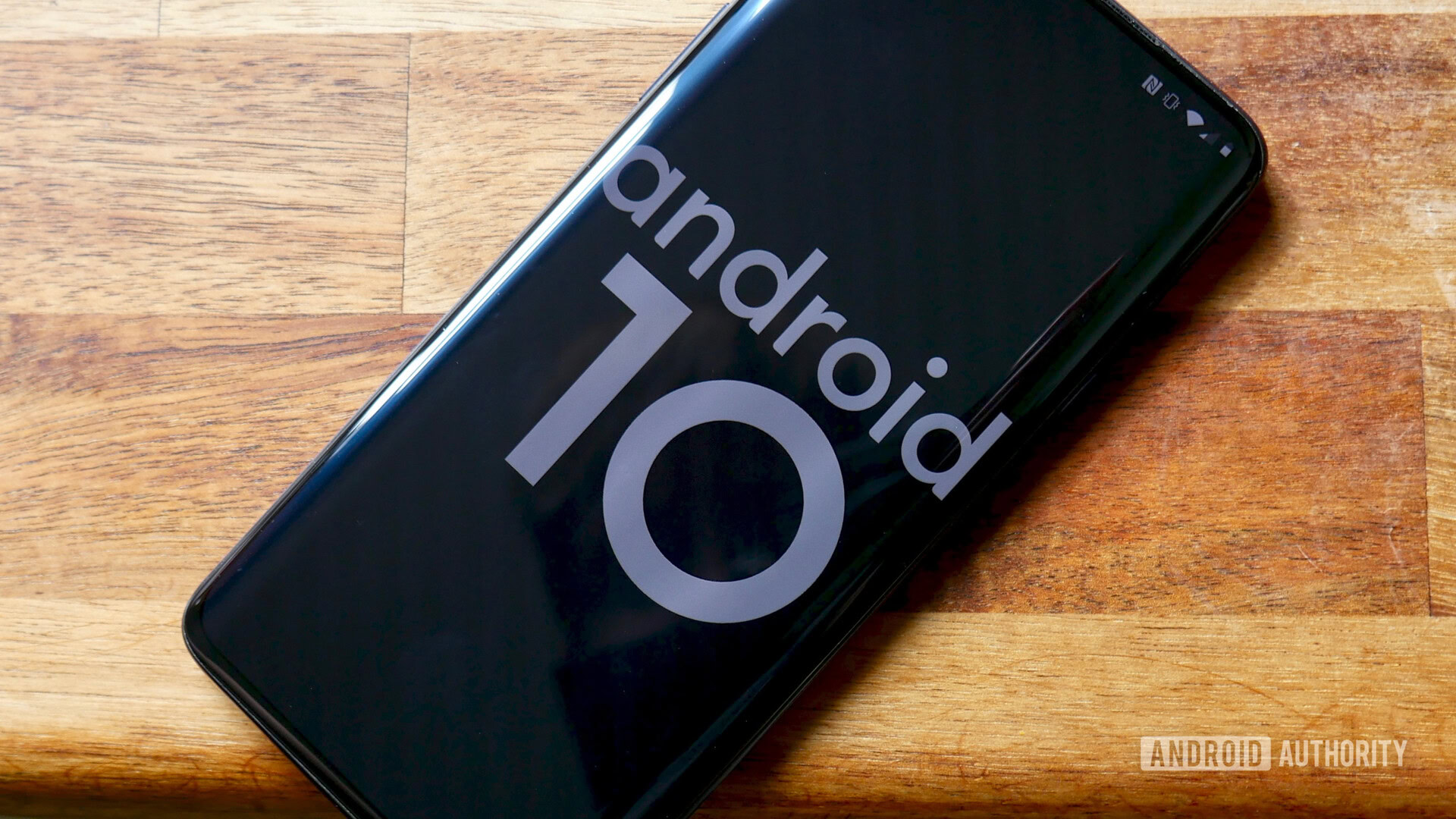Affiliate links on Android Authority may earn us a commission. Learn more.
Don't like Android 10? Here's how to downgrade Android 10 back to Android 9 Pie
In general, you should always use the latest version of Android (or any operating system for any electronics product, for that matter). However, you might not be a fan of Android 10 or you might not think it’s quite ready for daily use. If you’re looking to downgrade Android 10 back to Android 9 Pie, we’re here to help.
We must emphasize that you shouldn’t do this unless you truly dislike Android 10 or it is not working well on your particular device. Android 10 has some awesome new features — especially related to privacy and security — that make it superior to previous Android versions in many ways. It also will be the most up-to-date when it comes to security patches.
If you know all this and still want to downgrade Android 10, the steps are relatively simple. But first, let’s prepare you for the downgrade!
Prepare to downgrade Android 10

Before you get started with your downgrade, you’re going to need to do some prep. The first thing you’re going to need to do is backup your apps, photos, videos, etc., because downgrading will completely wipe your system.
Once you have your backup all sorted, you’re going to need to download an Android 9 Pie factory image designed specifically for your device. For Google Pixel users, this is as easy as visiting Google’s comprehensive list of factory images.
If you use a phone from another manufacturer, preparing to downgrade Android 10 is a bit trickier, as you’ll need to find an official factory image for your device online. A great resource for this are the forums over at XDA Developers. The most important thing is that you download a factory image specifically made for your device and you download it from a trustworthy source.
Once you have your factory image downloaded, you’ll need the following hardware:
- The original OEM USB cable to connect your phone to your computer. If you don’t have the original, use a high-quality short-and-thick cable instead. Do not use cheap, thin cables — they are prone to failure.
- The Android SDK installed on your machine with ADB and Fastboot command successfully working — check the tutorial here.
- 7zip or a similar program that can handle .tgz and .tar files.
- An unlocked bootloader on your phone. If you don’t already have an unlocked bootloader you’ll need to check whether or not that is possible and follow the instructions specific to your device. Pixel phones, OnePlus phones, and phones from certain other manufacturers are easy to unlock, while phones from HUAWEI, Samsung, and others are more difficult (or even impossible). You’ll need to research your own device to be sure.
Once you have all that done, head to the next section for the actual downgrade steps!
How to downgrade Android 10
- Turn on developer options on your smartphone by finding the About Phone section in Android settings and tapping “Build Number” seven times.
- Enable USB debugging and OEM unlock on your device in the now-visible “Developer options” section.
- Ensure that you have backed-up all your important files. Remember, this will completely wipe your device!
- Boot your smartphone into bootloader mode. You can do this on most phones by turning it off and then powering back on by holding down both the power button and the volume down button at the same time.
- Plug your smartphone into your PC using the USB cable.
- Open a command prompt window on your PC with admin privileges and start ADB. For more in-depth instructions on this, see Google’s summary.
- Ensure your phone and PC are communicating correctly by typing fastboot devices into your command prompt window. You should see your device’s serial number listed.
- Prepare the factory image you downloaded earlier. Use 7zip to extract the .tgz file you downloaded and then again to extract the .tar file you extracted from the .tgz. This will create a folder with several files in it.
- Copy all those files and paste them in the platform-tools folder within the Android SDK folder on your computer. You should find it in the Program Files (x86) folder on Windows.
- There are two flash-all files. Windows users should double-click the one that has the gear logo and says “Windows Batch File” on the right. If you’re on Linux, double-click the flash-all.sh.
- A box will pop up and you should see the installation taking place. While this is going on, do not unplug your device for any reason!
- When the installation process has finished, your device will automatically reboot into Android 9 Pie.
That’s what you need to know as far how to downgrade Android 10. Are you heading back to Android 9 Pie? Let us know your reasons in the comments thread below!